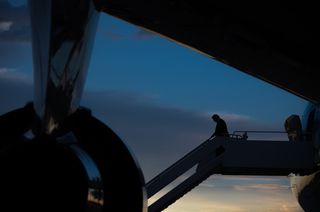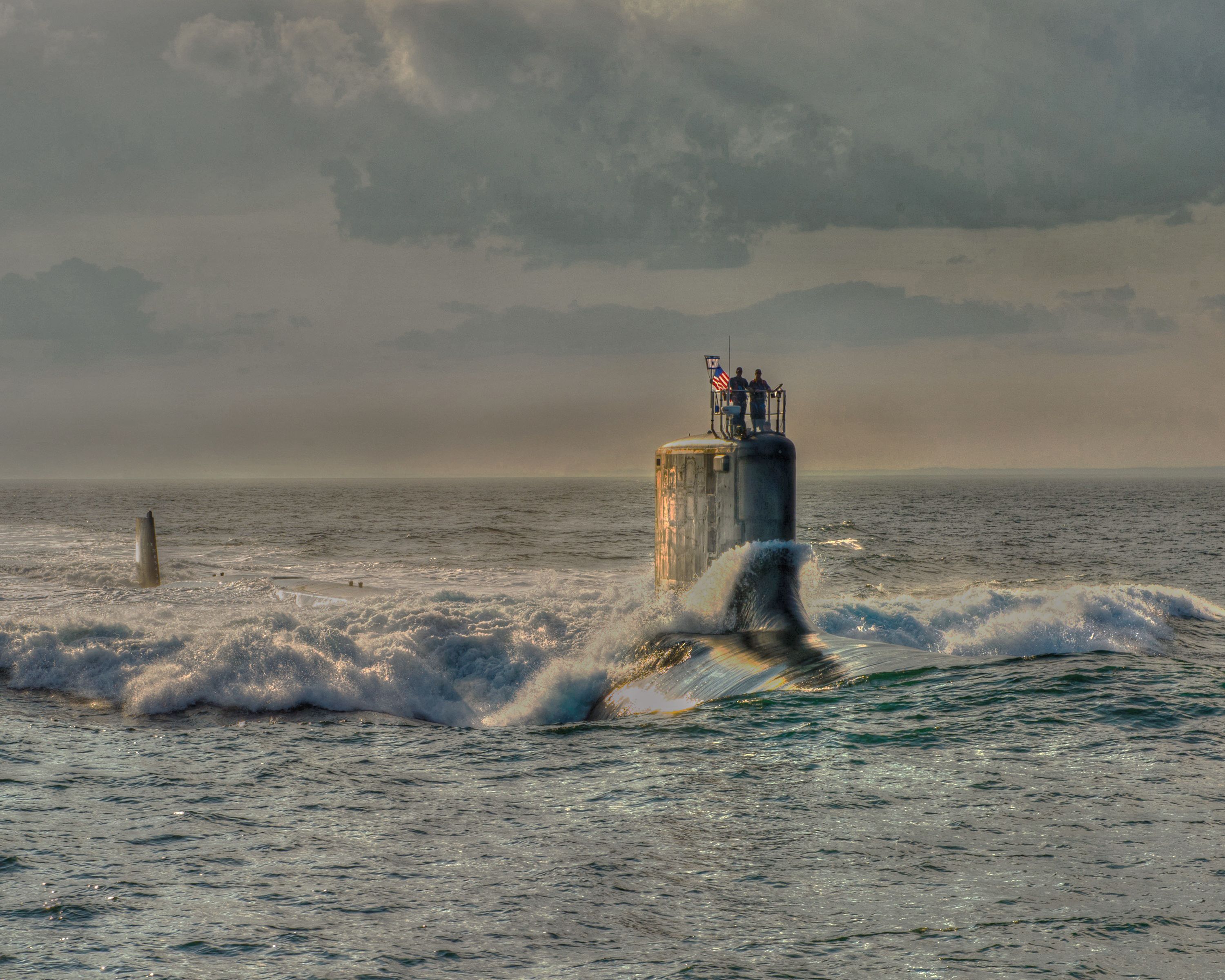The hyper-partisan warriors on Capitol Hill began laying down their arms on Tuesday in Washington, with agreement in reach on a US$2 trillion economic relief and stimulus package to combat the brutal pain that is being inflicted on the United States from the Coronavirus pandemic.
As reported in the Washington Post Wednesday morning here in Australia:
“The Senate bill would direct payments of $1,200 to most American adults and $500 to most children, create a $500 billion lending program for companies, states, and cities, and extend an additional $367 billion to help small companies deal with payroll problems. It would bolster the unemployment insurance system and pump $150 billion into US hospitals.” Key industries such as the airlines would receive special relief.
While there are still issues to be worked out on providing further assistance to working Americans, agreement is near and a vote is expected in the Senate late Wednesday, with concurrence by the House of Representatives shortly thereafter.
Although there is fierce urgency to cope with a shutdown of the American economy that would be deeper than the Great Recession over a decade ago, the political road to this agreement was more difficult than in previous crises. In September 2008, as the GFC commenced, the House of Representatives rejected a Wall Street bailout bill, and the Dow crashed 777 points. That shock led all parties to redouble efforts and pass the legislation. This week, it took two failed votes in the Senate, and a fall of 1,500 points – capping a 35 per cent decline just in March from record highs – for common sense and compromise to finally prevail.
If Trump persists in this goal, he may provoke a war with several key governors on the front lines who have acted aggressively to control the spread of the virus in their states.
This shows hyper-partisan dysfunction in Washington is increasing even in the face of the most profound threats to the country’s welfare.
The rescue program will become law. Whether it is enough for the economy to be in decent shape to aid Trump’s re-election in November is the huge political question of the year.
As the Senate worked its will, Trump held a “town hall” on Fox News, stating that he wanted to have the economy re-opened by Easter, only three weeks away. These remarks came as several states tightened restrictions on movement and economic activity – just as is being done daily here in Australia.
If Trump persists in this goal, he may provoke a war with several key governors on the front lines – Andrew Cuomo of New York, Gavin Newsome of California, Jay Inslee of Washington, Michael DeWine of Ohio – who have acted aggressively to control the spread of the virus in their states.
It is not at all clear that Trump’s authority as president can in fact override the executive power of these governors over the activities of the citizens of their states. It is also unclear, with California’ share of US GDP of 14.5 per cent, and New York’s at 8.2 per cent, how significant economic recovery can be if those two states remain in lockdown.
Trump knows the economy has been his strongest asset politically, and that he risks being seen to “own” economic catastrophe if the country is in recession, or worse, with unemployment well over 10 per cent, on election day. The governors know they are being rewarded politically by their voters for their decisive, science-based, fact-based, no-nonsense aggressive actions to protect the public health of their citizens from the pandemic.
President Trump is pushing to shove the virus aside to get the economy moving again. But if he really goes down that path, will it come at a cost of thousands of more deaths between now and November?




.jpg?rect=0,80,3000,1989&fp-x=0.5&fp-y=0.44772296905517583&w=320&h=212&fit=crop&crop=focalpoint&auto=format)

